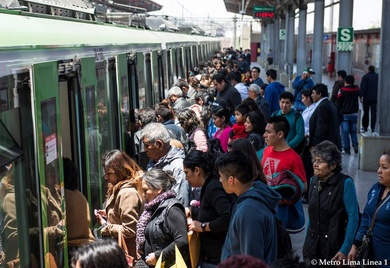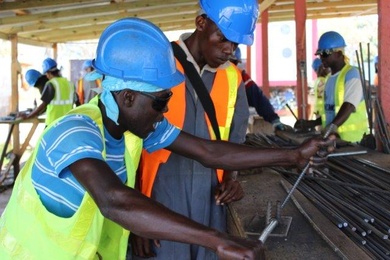Posts by Transport

The Business Case for Sustainable Infrastructure: Metro Lima Line 1
An interview with Manuel Wu, CEO of Metro Lima Line 1 Mass transit development is critical for urban growth and quality of life, but it can involve complex economic, social, and environmental trade-offs. Metro Lima Line 1, winner of the 2014 IDB Group Infrastructure 360º Award, is a good example of how to manage these complexities by integrating sustainable infrastructure practices into project design, planning, construction, operation and maintenance. By adopting a sustainability strategy, Metro Lima Line 1 has, among other things, reduced greenhouse gas emissions up to 80 percent above what regulations require and set an example of how to successfully engage with a wide range of diverse stakeholders.

CEOs Talk Shop – Four sustainable investments to tackle business challenges
Whether you’re a global tourism operator in Jamaica or a midsize recycling company in Honduras, corporates of all sizes often face similar business challenges.

The investor world and green growth
I recently attended the Regional Global Green Growth Forum (3GF) in Latin America and the Caribbean in Santiago, Chile. At this forum and in the business world, we witness how issues of sustainability and green growth are transforming the real economy. In the coming years in Chile, non-conventional renewable energy will make up more than 70% of new installed capacity. In Brazil, the second auction round for solar drew more than 2 GW in bids for investments of almost $3 billion. And in Costa Rica, hundreds of companies have small-scale power generation systems, as part of the country’s distributed generation power plan.

Infrastructure 360º Awards: promoting best practices in sustainable infrastructure
* By Ana María Vidaurre-Roche A sustainable approach to project design has allowed a metro line in Peru to reduce greenhouse gas emissions up to 80% above what regulations require. The line connects 11 districts across Lima and improves access and mobility, increasing the city’s productivity level by reducing commuting times by almost four times. The project has created meaningful actions that go beyond its immediate business: engaging community groups in cultural and reforestation programs to enhance public space, and helping address other visible problems such as social insecurity, youth unemployment, traffic chaos, and pollution. In the Dominican Republic, a wind farm project driven by a sustainable strategy provided an agrarian, low-income region with power and brought added value to the communities through educational and social programs, rehabilitation of community assets, and support of local businesses.

From toll roads to ‘smart’ mobility projects: the evolution of PPPs
* By:David Bloomgarden Public-private partnerships (PPPs) to build and maintain infrastructure are no longer just for big economies in traditional sectors, involving projects such as toll roads and ports. Small economies and regional and local government are realizing the potential of engaging the private sector in infrastructure projects.

Sharing is caring: Two solutions for more sustainable living
Have you ever considered how much you use your most valuable items? A personal automobile, for example, is only used five percent of the time – even less in urban areas. Fortunately, private and public sector actors are realizing how little we use individual items and proposing unique ways to be a bit more utilitarian, environmentally-conscious and community-oriented. The key is sharing.
